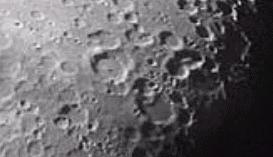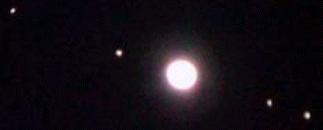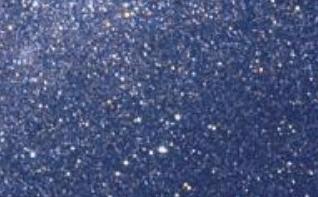2009 : HOW GALILEO REVOLUTIONISED OUR PERCEPTION OF THE UNIVERSE IN 1609
When one man, Galileo Galilei, first turned a telescope to the sky, his observations started a transformation that totally revolutionised the view of the universe that was then held. This revision has formed the basis of our appreciation of the cosmos to this day.
This transformation was based on five significant astronomical discoveries that commenced in the year 1609 and extended into the following year of 1610.
- Sunspots
 |
The discovery of dark spots on the Sun contrasted with
the current view of an unblemished solar orb as the embodiment of God. Not only did Galileo discover sunspots but his drawings over time showed that these features moved, implying that the Sun rotates. |
- The Phases of Venus
| Venus waxes and wanes in size and exhibits phases just like the moon. |
 |
- Lunar Features
 |
Galileo observed craters and mountains on the moon - and drew the conclusion that the moon was a body similar to the Earth with diverse features across its surface. |
- The Moons of Jupiter
| Galileo found that there were four starlike objects
that moved around Jupiter from night to night, and deduced that these were moons moving around their parent like the planets must move around the Sun. |
 |
- The Milky Way is Composed of Stars
 |
Galileo discovered that the Milky Way was not just an amorphous blob of light but that it was comprised of myriads upon myriads of stars. |




